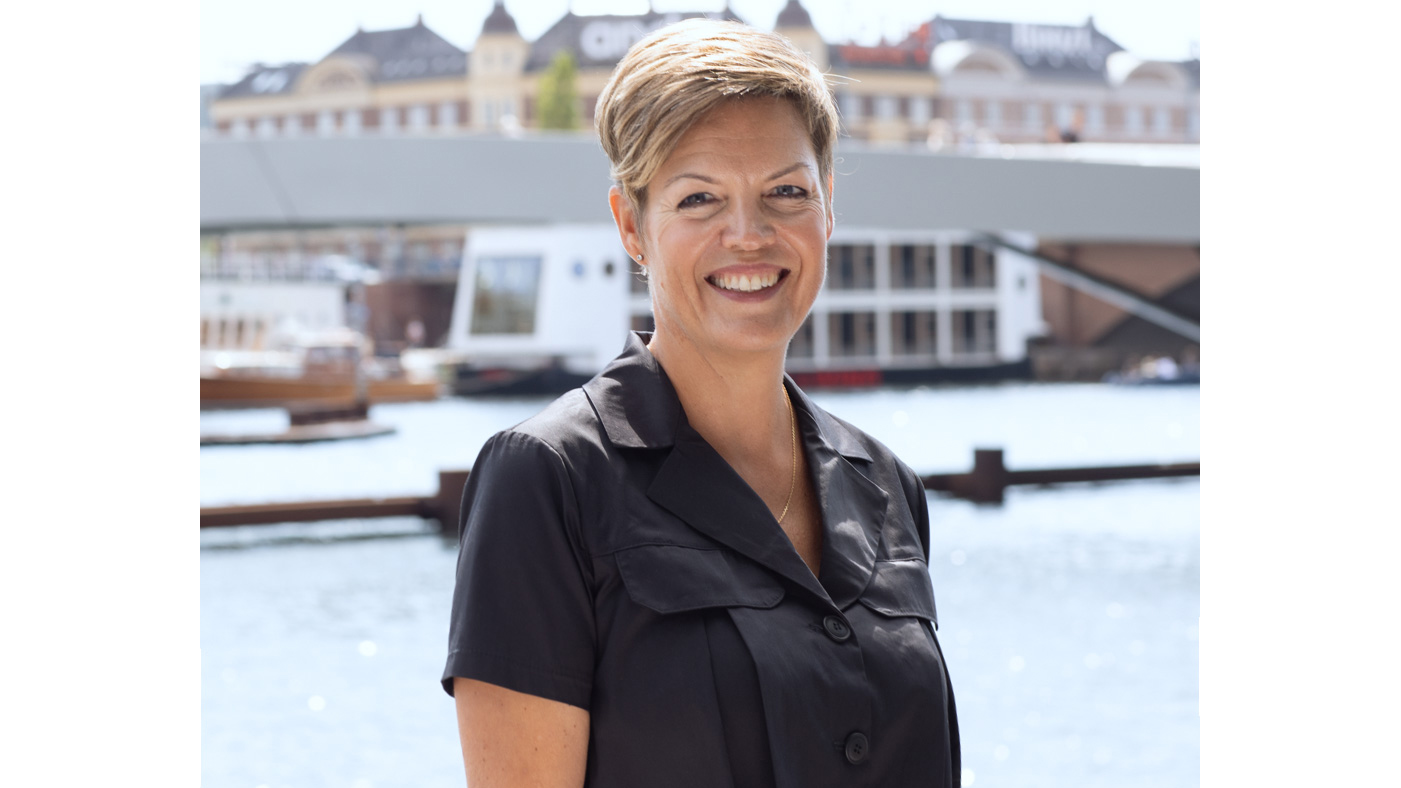Forward-thinking practices:
What is the agenda ahead for the private urban planner?
We asked Helle Søholt, CEO and Founding Partner at Gehl Architects
1.
We are doing a range of projects in North America. What we see is a fundamental change in people’s every day, where you go to the office in the city no more than two or three days a week, if you can work from home. This is a post-pandemic pattern that reduces the individual’s daily mobility and transport time. And when you have less of a reason to commute to the city center, the consequence is a new localism. Instead of one center, a range of neighborhoods spread out over a wider distance gain importance, because more of life happens here. Another reason for the movement is housing prices. In the US alone 75 percent of the population rent and cannot afford to buy a home. Especially living in the urban core has grown less financially accessible.
2.
The idea of the city with multiple centers cannot rely on commercial activity alone. You need to look at all aspects of new neighborhoods for them to succeed. The physical quality of the buildings and shared spaces, sure, but cultural and community offerings are just as important. At Gehl we take this wide view, when we for instance work in an area in the US with a shopping mall. In an age, where people buy more online, how can the mall escape its drop in revenue and become an anchor for the whole neighborhood? This is an interesting opportunity.
3.
Our understanding of sustainability is expanding. In the city we already balance the space needed for roads with steps towards climate adaption and more green zones. Now it is a given that the environmental solutions are not enough. The city also needs to include all citizens equally. Any investment in infrastructure should be socially sustainable too. This is not easy to do, but I think we have a better chance at getting there if we collaborate widely. Across industries and private and public stakeholders, investors and non-profits. As we target problems of increased complexity, we need additional perspectives and skillsets. For us at Gehl we reach beyond the traditional value chain of architecture and engineering. For instance, we have a public health specialist on our team that makes it possible for us to address disease prevention within urban design. Looking ahead, public health agencies and the planning authorities are equally important partners for us.
4.
At Gehl we rarely participate in competitions for projects. Making a secret proposal in isolation for a committee to look at, does not make sense, when it comes to a city. Urban planning finds its shape in an exchange between us, the municipality and the citizens. But the culture of competition runs deep in the building industry. We need to forget about being full-service providers that can do it faster or cheaper for the client. Each company should rather define its own niche.
5.
User inclusion can take many forms. But it should come from the same aspiration: To understand the people that will use the design, the building or the urban space, so it gives them a sense of belonging. The least we can do is to avoid the position of knowing better and listen. What do you feel in this space? What do you think about it? At Gehl we combine questions like these with observations. Who is present in the space? Who is not? What are they doing? And how does it change over the course of a day and a year? Alongside the data we do physical test projects within the space. We make a change and measure the effect. It can be the rerouting of a bus, painting a stretch of asphalt or organizing the elements of the space in a new way. When we know the effect in the test area, we can start a conversation with decision makers: What would the impact be, if we did this on a bigger scale? What is important, when it comes to user inclusion, is just to do more than one thing. Make a physical outreach and an online one for instance. Otherwise, you run a risk of overlooking the less visible citizens.
6.
New York taught us what scaling impact means. A project that started as a two-month redesign of Times Square grew into a program across the city’s boroughs. We made it possible for groups of citizens to apply to the city with their plan of how to activate and maintain a specific urban space. So far 98 neighborhoods have done it and no change of mayor can pull it back. The spaces are kept by the communities that envisioned them. It is such a clear example of how we can create a culture shift, if the many users gain agency.
Learn more about the latest changes within sustainable urbanization: Read the Impact Stories from BLOXHUB




